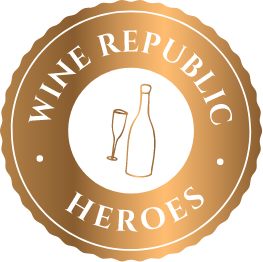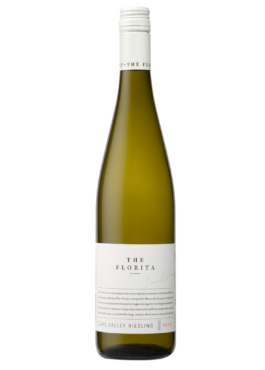Description
Certain names resonate strongly within the halls of Australian wine history.
Jim Barry is one such name.
It was Jim Barry’s drive and community spirit that helped shape South Australia’s Clare Valley as a benchmark producer of world-class Riesling and cemented its place as one of Australia’s premier wine regions.
Jim Barry Wines has a strong lineage. Jim himself was the first qualified winemaker in the Clare Valley, graduating with the 17th Degree in Oenology from the famous Roseworthy Agricultural College in 1947. Working for 22 years as winemaker at the Clarevale Co-operative, Jim Barry became a pioneer of Australian table wine. He then went on to establish Taylors Wines in 1969.
Wife, Nancy, proved a driving force in the formation of Jim Barry Wines and sons, Peter, Mark & John were involved in the company’s rise. Peter Barry became managing director in 1985.
Today Peter’s children Tom, Sam and Olivia work for Jim Barry Wines as winemaker, commercial manager and brand ambassador respectively. Current custodian’s, Peter & Sue Barry, are deeply proud that Jim Barry Wines is still family-owned, with three generations of Roseworthy graduates.
The Barry family name is synonymous with the Clare wine region, and their deep ties to the local community continue to this day.
The Florita Story
This story is best told by famous Australian wine writer, Huon Hooke and head of the Barry Family, Peter Barry who below tell the wonderful story of Florita…..
The story of Jim Barry Wines’ Watervale vineyard Florita is a fascinating slice of wine history. It’s also a good example of why family businesses make more sense than corporations in the wine industry. Peter Barry, CEO of Jim Barry Wines, told me the story.
It starts in 1946, just after the war, when Leo Buring bought land at Watervale and planted Pedro ximénez for sherry – the preferred wine of Australians at the time. He named the vineyard Florita, which is Spanish for ‘little flower’ – a reference to the sherry flor (or flower), the film of yeast that covers the dry flor sherry as it matures in its ullaged casks.
Public tastes shifted, table wine became fashionable, and in 1962 Buring’s winemaker John Vickery began to remove Pedro and plant riesling. “He started to make riesling (wine), which began to be seen as the future of Australian white wine,” says Barry. Indeed, Vickery and the Leo Buring brand became almost synonymous with riesling.
“In 1986 Philip Morris (the tobacco company which owned the Leo Buring brand at the time) had six years supply of riesling in its cellars, and no-one was drinking it – chardonnay was the new fashion. They decided to sell the Florita vineyard.
My brothers and I went to the auction. I was 24. Mum said ‘You’re not allowed to buy it’. She said we already had plenty of vineyards. We told Dad he’d better buy it, and that would let us off the hook.
Southcorp (the precursor of Treasury Wine Group) owned the Florita trademark at the time, and although the Barrys began using the grapes immediately, they couldn’t use the name.
“I had to wait eight years until the registration period was up, but then Southcorp renewed it for another 10 years, so I had to wait 18 years all told, and I registered the name Florita two days after it lapsed.
Eighteen years is a long time to wait for a drink.”



Reviews
There are no reviews yet.